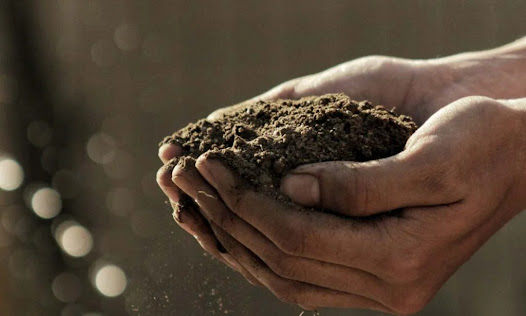The Road Ahead_ Benefits and Uses of Nonwovens in the Automotive Industry
The automotive industry has witnessed remarkable advancements in recent years, not only in terms of vehicle performance but also in the materials used in vehicle manufacturing. One such material making waves in the automotive sector is nonwoven fabric. Nonwovens are engineered fabrics with diverse applications, and they have found their way into various components of modern vehicles. In this blog post, we will explore the benefits and uses of nonwovens in the automotive industry.
What are Nonwovens?
Nonwovens are a class of textiles made from synthetic or natural fibers that are bonded together through mechanical, chemical, or thermal processes, without the need for weaving or knitting. These fabrics are highly versatile and offer a wide range of advantages that make them ideal for automotive applications.
Benefits of Nonwovens in the Automotive Industry
Lightweight and Fuel Efficiency: Nonwoven materials are lightweight, which is a crucial factor for improving a vehicle's fuel efficiency. Reduced weight leads to lower energy consumption and reduced emissions, helping automakers meet stringent environmental regulations.
Sound Insulation and Noise Reduction: Nonwoven materials are excellent at dampening noise and vibrations. They are commonly used as sound insulators and noise-reducing components in vehicles, providing passengers with a quieter and more comfortable ride.
Thermal Insulation: Nonwovens offer effective thermal insulation, helping to regulate interior temperatures. This is especially important for electric and hybrid vehicles, where maintaining battery efficiency is crucial.
Improved Air Quality: Nonwoven materials are often used in automotive cabin air filters. They can trap and filter out particulate matter, allergens, and pollutants, ensuring that the air inside the vehicle is clean and safe for passengers.
Durability and Longevity: Nonwovens are known for their durability and resistance to wear and tear. They are used in various parts of a vehicle's interior and exterior to enhance longevity and reduce maintenance costs.
Customization and Aesthetics: Nonwovens are available in a wide range of colors and textures, allowing automakers to customize the interior of vehicles to meet consumer preferences. They are used in upholstery, headliners, and carpeting to enhance the aesthetic appeal of cars.
Uses of Nonwovens in the Automotive Industry
Car Interiors: Nonwovens are commonly used in car interiors for upholstery, carpeting, headliners, and door panels. Their durability, aesthetics, and ease of customization make them a preferred choice for enhancing the look and feel of vehicle cabins.
Filters: Nonwovens are integral to the production of cabin air filters, engine air filters, and fuel filters. These filters help maintain air quality inside the vehicle and ensure the efficient operation of the engine.
Soundproofing and Insulation: Nonwovens are used in automotive soundproofing materials, reducing noise and vibration inside the vehicle. They also provide thermal insulation, improving passenger comfort.
Underbody Shields: Nonwoven materials are used as underbody shields to protect the vehicle's undercarriage from debris, moisture, and road salt. This enhances the vehicle's durability and extends its lifespan.
Battery Insulation: Electric vehicles (EVs) benefit from nonwovens' thermal insulation properties to protect and maintain the optimal temperature of batteries, ensuring their efficiency and longevity.
Seat Cushions: Nonwovens are used in the padding of seat cushions, providing comfort and support to passengers.
Nonwoven materials have become indispensable in the automotive industry due to their versatility and a wide range of benefits. From enhancing vehicle aesthetics to improving fuel efficiency and passenger comfort, nonwovens play a vital role in modern vehicle design and manufacturing. As the automotive industry continues to evolve, nonwoven materials are expected to play an even more significant role in shaping the cars of the future, making them safer, more efficient, and comfortable for passengers.
The Sommers Solution is a composite nonwoven fabric produced by combining three different techniques: ultrasonic bonding, needle-punching, and spunlace. Each of these techniques contributes distinct qualities to the final product, making it versatile and suitable for various applications.



Comments
Post a Comment